Bona Dea: The Goddess of Healing and Fertility
Bona Dea occupied a unique and enigmatic realm within the extensive and intricate pantheon of ancient Roman deities, thus earning…
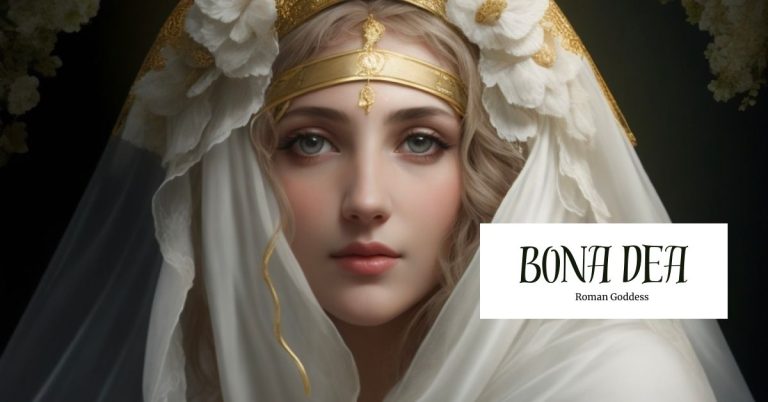
Bona Dea occupied a unique and enigmatic realm within the extensive and intricate pantheon of ancient Roman deities, thus earning…
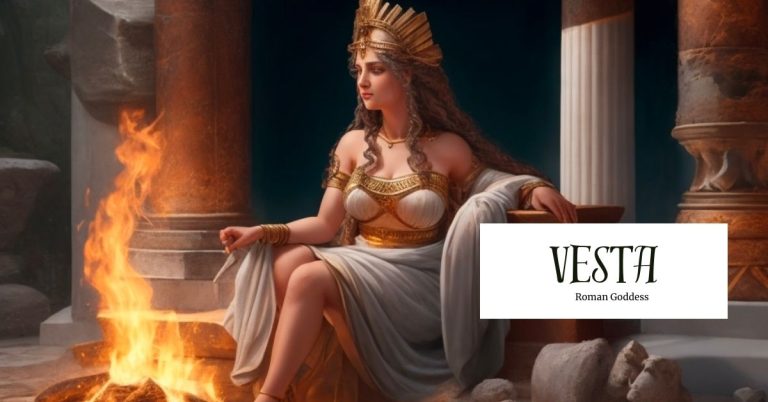
In ancient Roman mythology, the Goddess Vesta held a position of utmost respect and veneration. As the protector of the…
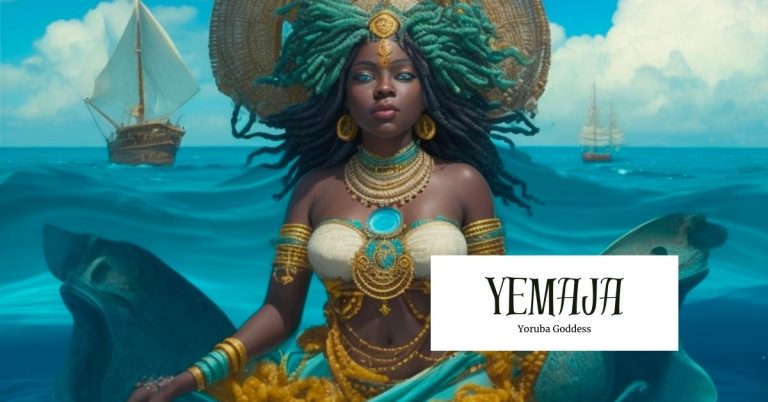
Source: Original Botanica Yemaja, the patron of the society of mothers and pregnant women, is one of the main orisha,…
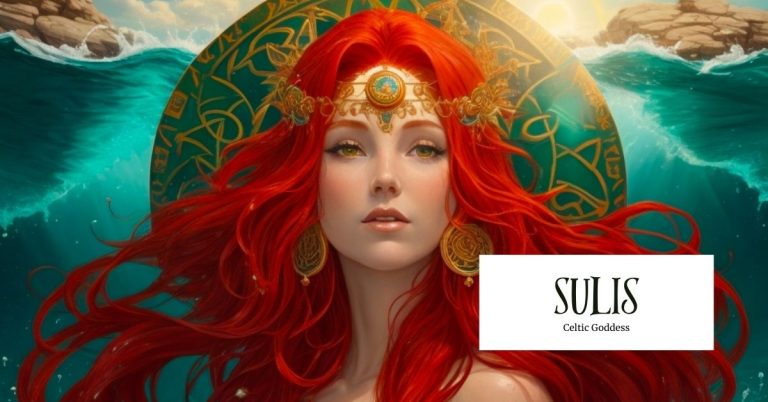
The goddess Sulis creates a special legacy from the sacred springs of Bath, England, to modern domains like gaming, fashion,…
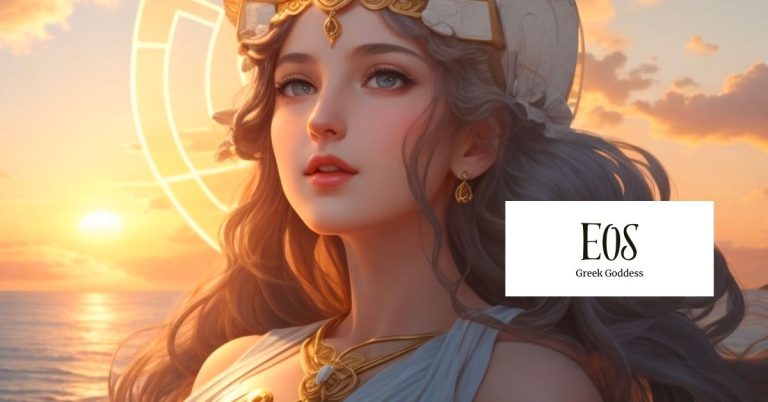
In Greek mythology, the figure of Eos shines as a luminous embodiment of the ethereal realm of dawn. As the…
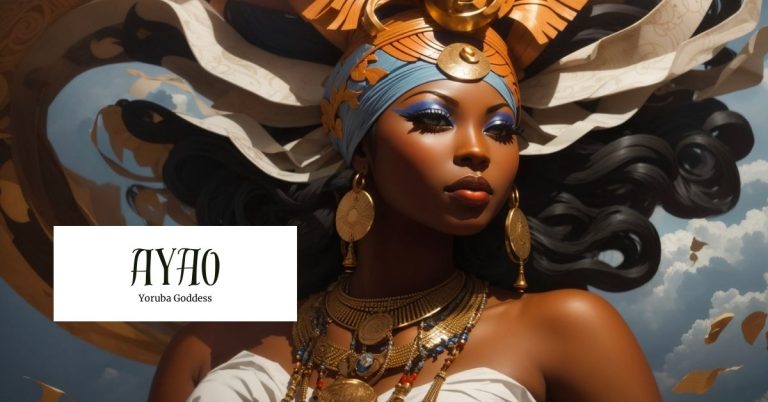
Ayao is the orisha of the whirlwind, and is Oya’s younger sister. Just like her sister, Ayao is powerful, fierce,…
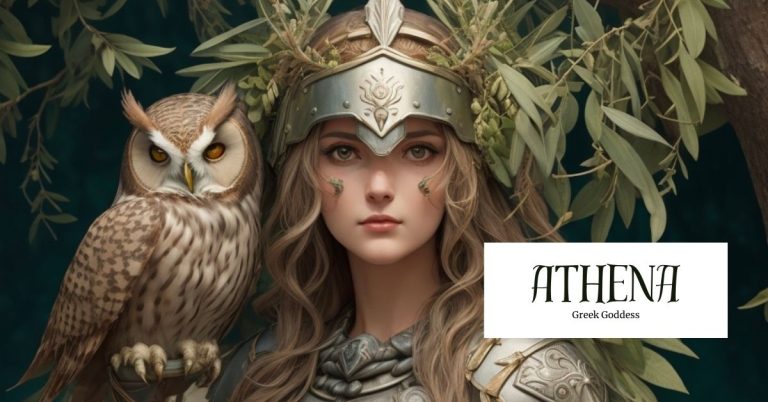
In ancient mythology, Athena is widely regarded as a legendary figure who embodies exceptional wisdom, unwavering courage, and unparalleled strategic…
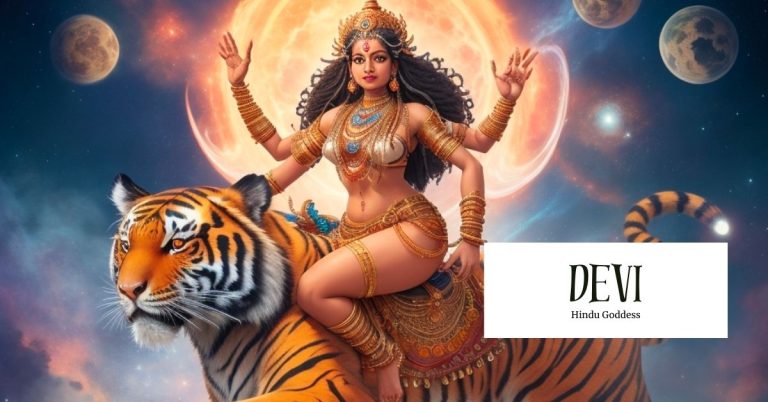
In the enchanting tapestry of Hindu mythology, where gods and goddesses weave intricate stories of cosmic prowess, one figure reigns…
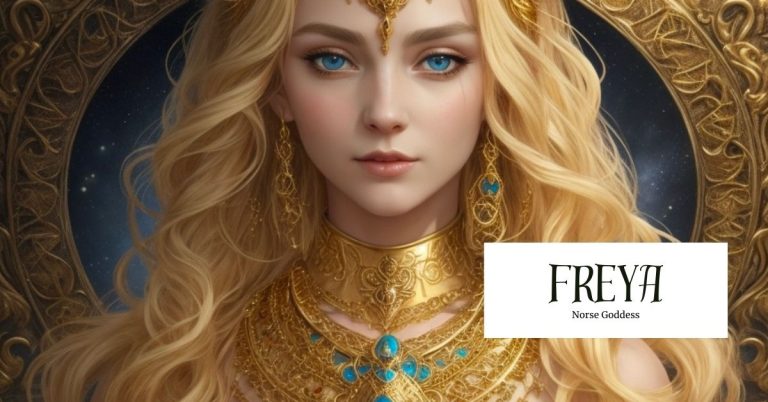
The Norse mythological tradition is replete with rich and complex figures, and among them, one character stands out for her…
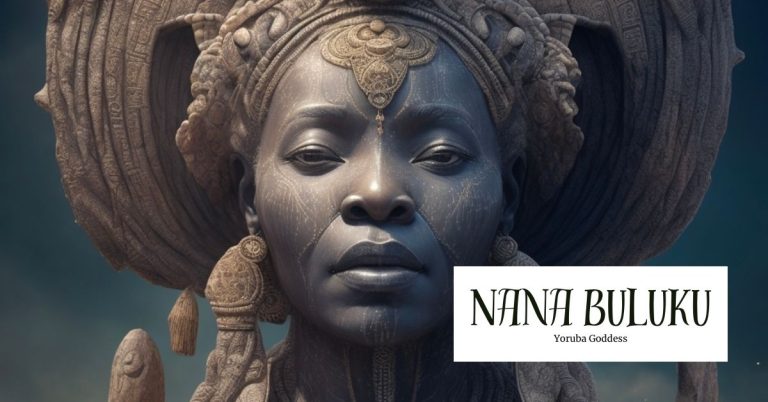
Nana Buluku, a multifaceted deity rooted in the spiritual traditions of West Africa, holds a profound place in the hearts…